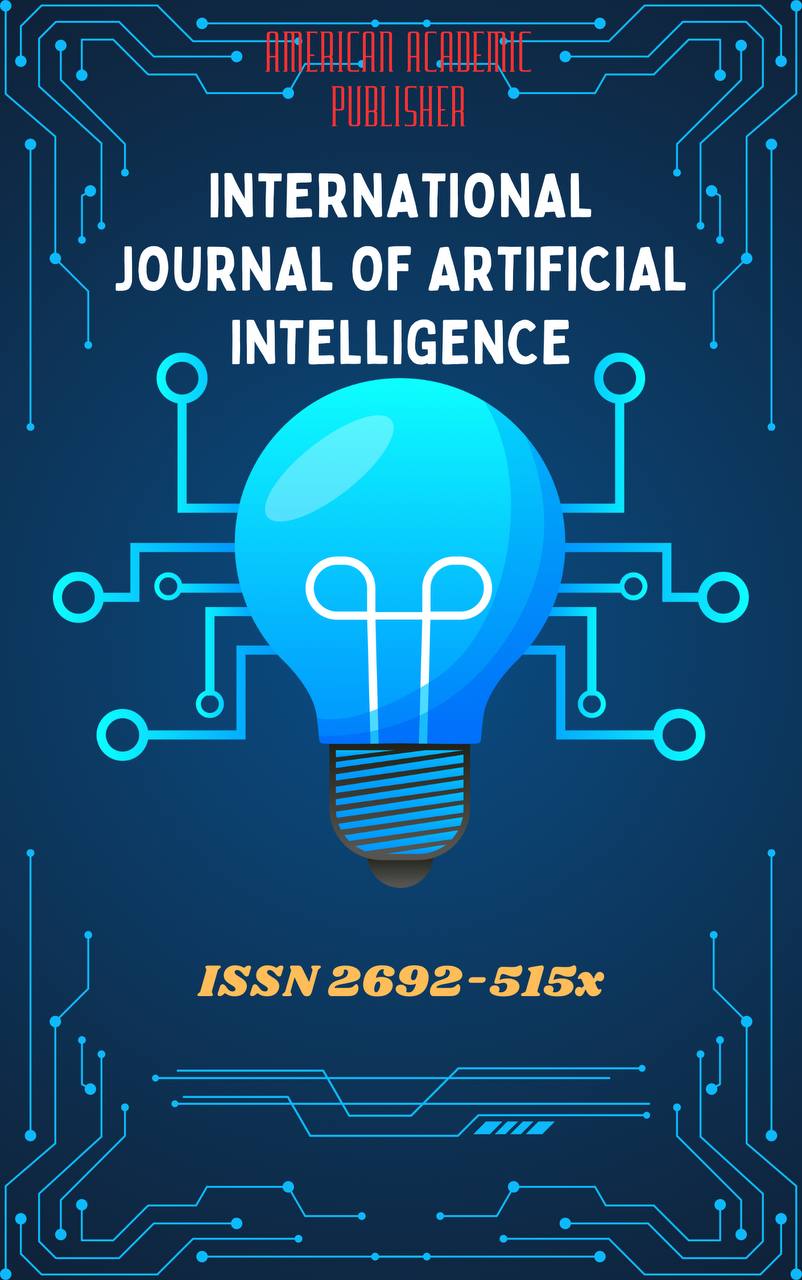 Articles
| Open Access |
Articles
| Open Access | TEXT-BASED LEARNING TECHNOLOGIES FOR SCHOOL STUDENTS
Xotamova Sayyora Najmiddinovna , JDPU Department of Distance Education in Pedagogy, Psychology, and MusicAbstract
This article examines modern text-based learning technologies and their role in developing reading comprehension, analytical thinking, and student engagement at school level. With the increasing integration of digital tools into the educational process, text-based technologies such as annotation platforms, adaptive reading applications, and collaborative digital environments are reshaping the way students interact with written materials. The article provides a comprehensive literature analysis, discusses various tools and methods, and presents findings from recent educational practices to demonstrate the effectiveness and challenges of these technologies.
Keywords
Text-based learning, educational technology, reading comprehension, digital annotation, school students, collaborative learning, adaptive learning, literacy development
References
Afflerbach, P., & Cho, B.-Y. (2010). Reading strategies and reading engagement: An examination of the cognitive and social processes in reading. Reading Psychology, 31(5), 427–452.
Dwyer, B., Hogan, M., & Stewart, I. (2016). Evaluation of collaborative annotation in classroom settings. Journal of Adolescent & Adult Literacy, 59(7), 787–796.
Smith, L., & Rupp, S. (2019). Adaptive reading platforms in the classroom: Personalization and impact. Educational Technology Research and Development, 67(4), 867–889.
Vygotsky, L. S. (1978). Mind in Society: The Development of Higher Psychological Processes. Harvard University Press.
Rosenblatt, L. M. (1995). Literature as Exploration (5th ed.). Modern Language Association.
Hattie, J. (2009). Visible Learning: A Synthesis of Over 800 Meta-Analyses Relating to Achievement. Routledge.
Article Statistics
Downloads
Copyright License

This work is licensed under a Creative Commons Attribution 4.0 International License.

